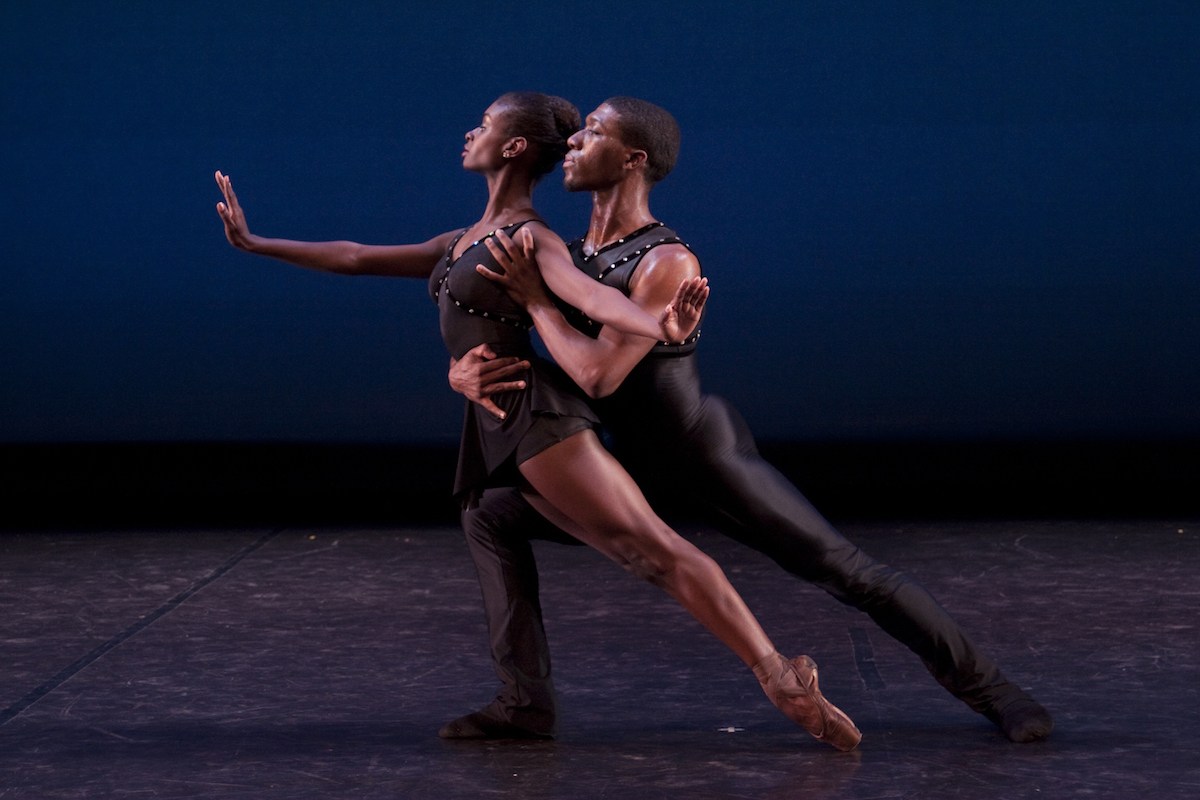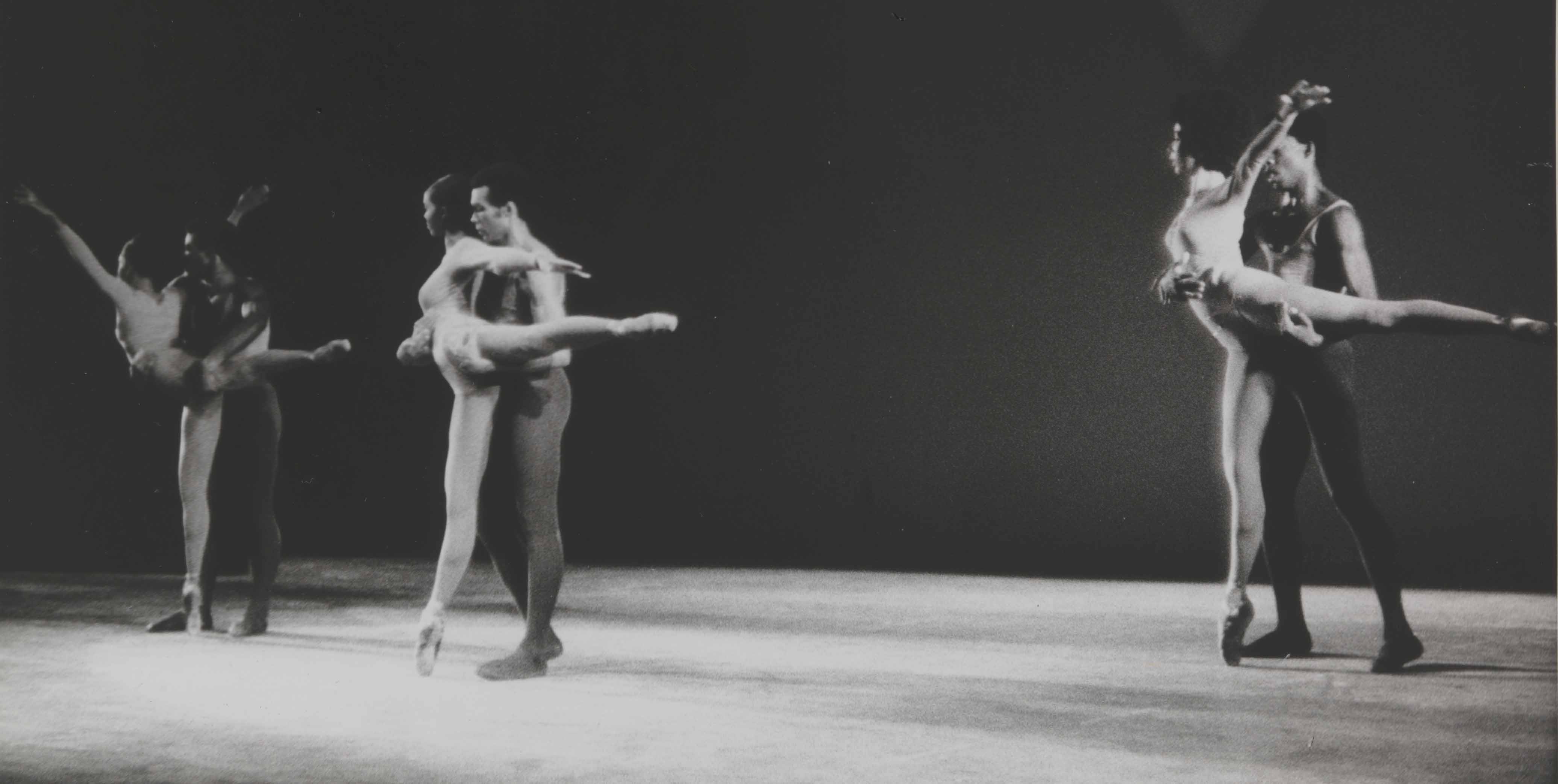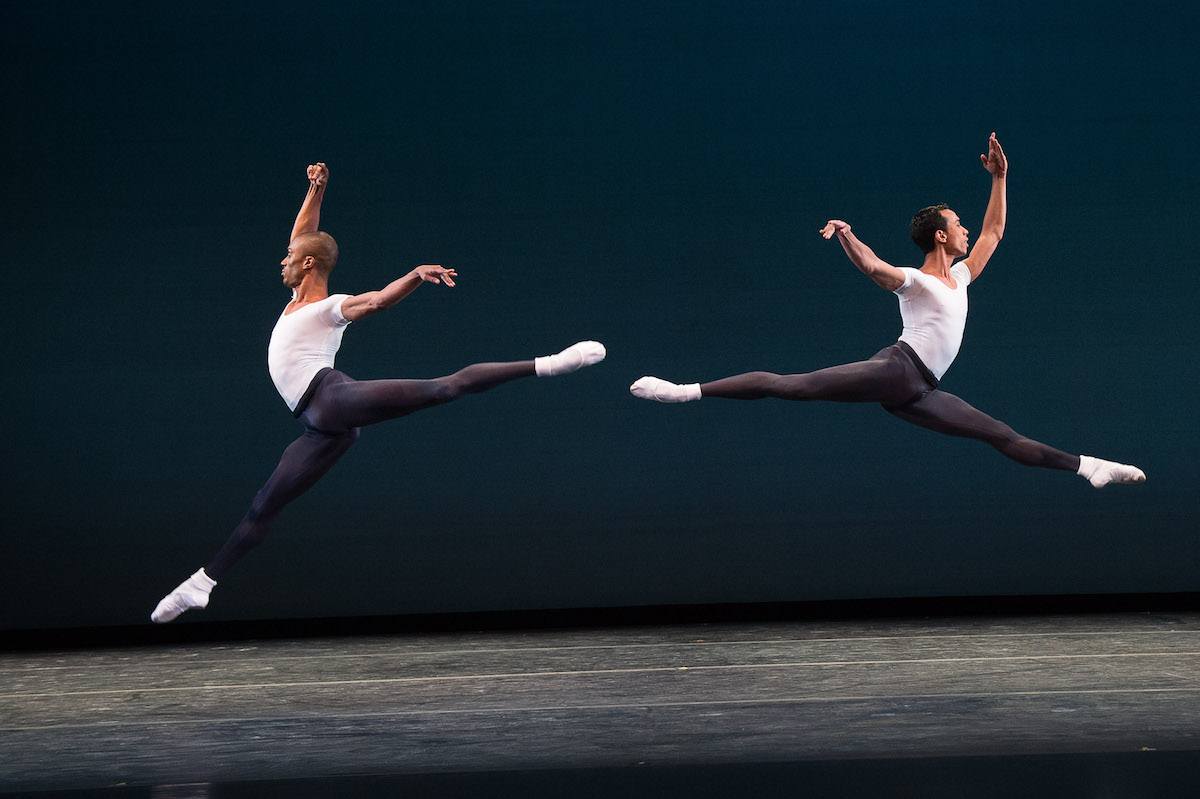Johnson and the Founding of Dance Theatre of Harlem
In 1968, Arthur Mitchell, then dancing with New York City Ballet as the first African American ballet dancer in a major ballet company, joined with Karel Shook, the American born ballet master of Nederlands Dance Theatre, to found first a school and then a dance company. Mitchell’s goal, in response to the assassination of Dr. Martin Luther King, Jr., was to offer new opportunities to young dancers. Dance Theatre of Harlem was aimed at dancers of color in the Harlem neighborhood where Mitchell grew up.
Just two short years later, in 1970, Dance Theatre of Harlem gave its first performances for a paying audience at Jacob’s Pillow, and ballerina Virginia Johnson was part of that performance. Dance critic Walter Terry, writing for the Saturday Review, said of those inaugural performances that the company had “performed beautifully and gave pleasure to the seven sets of audiences who had traveled from near and far to see them.” He deemed the company a “highly professional and engaging troupe.”Walter Terry, “World of Dance: Black Dance.” Saturday Review September 26, 1970.
Artistic Director of Dance Theatre of Harlem
A founding member of Dance Theatre of Harlem, Johnson is revered as one of the most beloved ballerinas, not just in Dance Theatre of Harlem, but in all of late 20th century ballet. Since retiring from the stage, she served as the founding editor of Pointe Magazine for nearly a decade. Johnson has served as the artistic director of Dance Theatre of Harlem since 2009.
When Johnson began to look for dancers for the main company after a several year hiatus (during which the Dance Theatre of Harlem School and Ensemble continued), they held an audition in New York.

Johnson recalled that event in an interview with the New York Times. She said, “I was really shocked at how few African-Americans auditioned.” She went on to say: “And that was the moment when we were looking in this room, and it was like, ‘No, but where are the black people?’”Gia Kourlas, “A Phoenix Is Rising on Point.” New York Times, April 5, 2013.
It’s in that comment that one can see that Johnson continues to lead the company’s mission of training African American dancers in ballet for professional lives in dance. Ballet is still a predominantly white dance form in the major artistic institutions in the United States. But just as audiences saw with performances by Arthur Mitchell and Virginia Johnson and by other company members since then, ballet is ballet is ballet, no matter who is dancing. Which has always been exactly the point. What is important in ballet is the beauty, the technique, the precision, and the expressivity.
Johnson and Misty Copeland
Of course, in some ways it does matter who does the dancing. In 2014, Johnson and American Ballet Theatre ballerina Misty Copeland participated in a PillowTalk comparing their career challenges and victories.
Under Johnson’s leadership, Dance Theatre of Harlem dancers have been challenged to explore a range of classical, neo-classical, and contemporary ballets, from the Black Swan pas de deux from Swan Lake (1895) to George Balanchine’s Agon (1957) and new works by choreographers such as Donald Byrd and John Alleyne.
The company also performed The Lark Ascending, choreographed by Alvin Ailey for his modern dance company in 1972. Dance Theatre of Harlem is the first company to perform this classic work on pointe.
Johnson has been ambitious, tenacious, and creative in directing the company. She is as articulate and graceful with her words as she is with her body.
PUBLISHED March 2017

